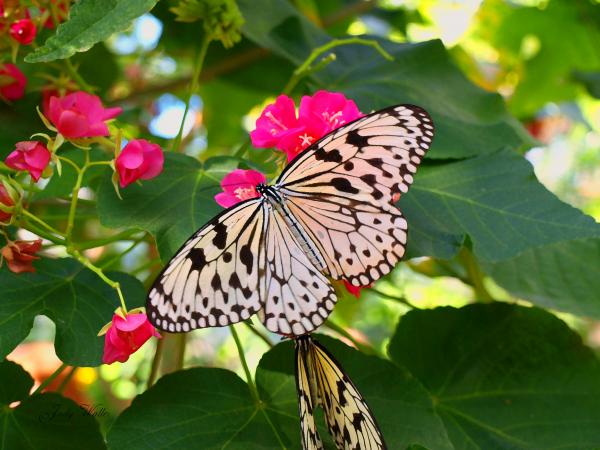---> Find n Download this Template at here : Free Cute Blogger Template
 Although the process of decorating cloth through the process of batik is found in several regions in Africa or India and even in some South East Asian countries, the batik of Indonesia is unique and unequaled. Indonesian Batik is made in several regions, but the center of the art is Central Java, in cities like Yogyakarta, Solo, Cirebon, Pekalongan and Indramayu.
Although the process of decorating cloth through the process of batik is found in several regions in Africa or India and even in some South East Asian countries, the batik of Indonesia is unique and unequaled. Indonesian Batik is made in several regions, but the center of the art is Central Java, in cities like Yogyakarta, Solo, Cirebon, Pekalongan and Indramayu.
The pride of Indonesians to wear batik till the present day has preserve this art of textile.
 Although the process of decorating cloth through the process of batik is found in several regions in Africa or India and even in some South East Asian countries, the batik of Indonesia is unique and unequaled. Indonesian Batik is made in several regions, but the center of the art is Central Java, in cities like Yogyakarta, Solo, Cirebon, Pekalongan and Indramayu.
Although the process of decorating cloth through the process of batik is found in several regions in Africa or India and even in some South East Asian countries, the batik of Indonesia is unique and unequaled. Indonesian Batik is made in several regions, but the center of the art is Central Java, in cities like Yogyakarta, Solo, Cirebon, Pekalongan and Indramayu.The pride of Indonesians to wear batik till the present day has preserve this art of textile.






